The Hyundai Ioniq 5 N’s Fake Gears Rev To '8000rpm' – And We Like It
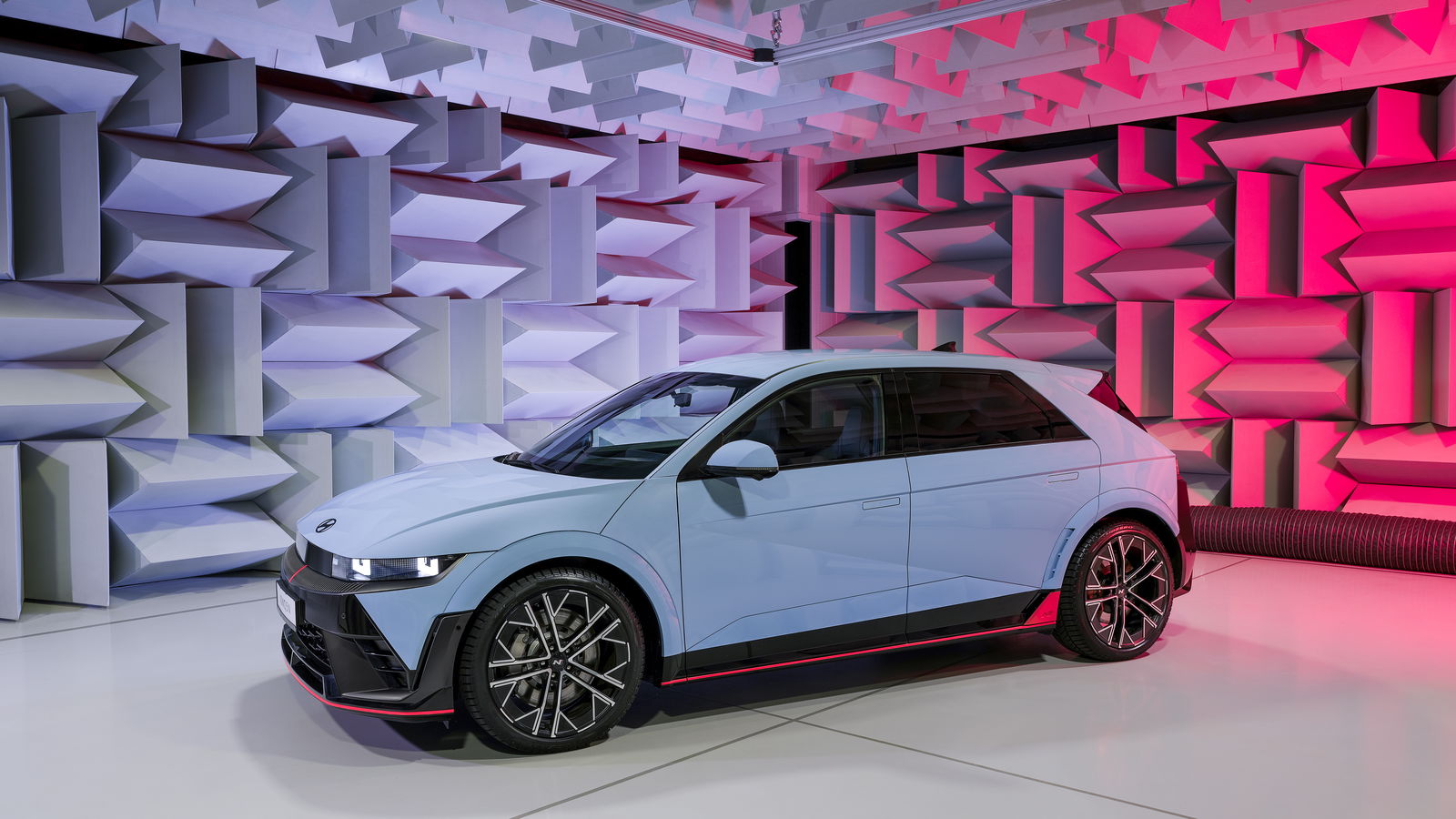
The first fully electric car from Hyundai’s burgeoning N division is here. The Ioniq 5 N is unlike the bargain hot hatches before it, its 641bhp peak output and £65,000 price tag ensuring it'll swim in a different pool of rivals.
It’s also jam-packed with tech in a way we’ve not seen on a (relatively) mainstream performance EV, a line in the sand that N is desperate to purloin some petrolheads into a brave new world.
As well as its somewhat obligatory drift mode – Tyrone Johnson (pictured), of Mk3 Focus RS fame, is Hyundai Europe’s vehicle development lead – perhaps more pertinent to enjoying a two-tonne-plus electric crossover on the road is its pairing of ‘N e-shift’ and ‘N Active Sound’. Or to decode the marketing bumf, ‘fake gears’ and ‘fake sounds’.
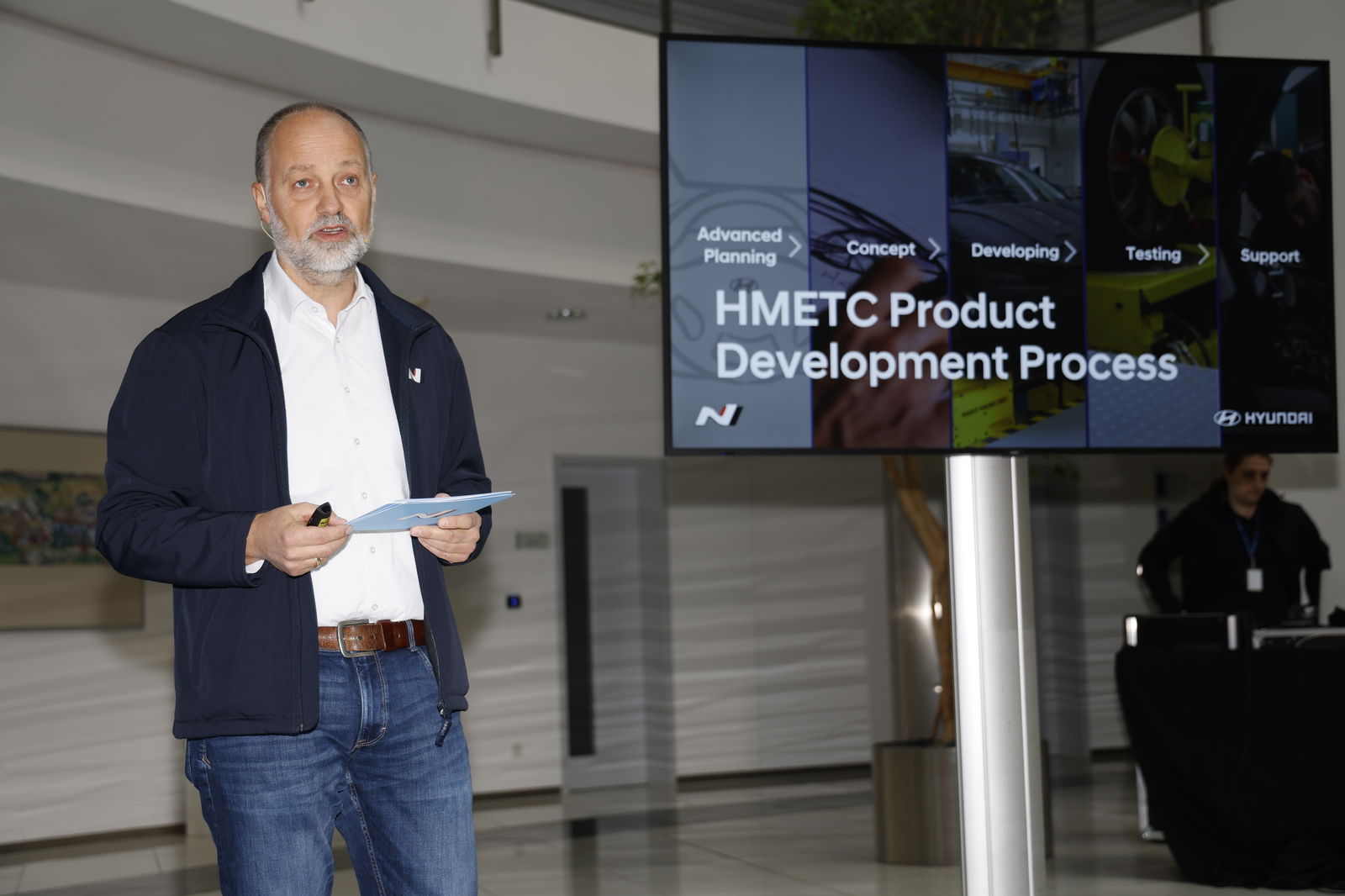
They sound like the sort of thing die-hard enthusiasts would baulk at, but paired together they work remarkably well. Designed not just to entertain when you’re in the mood, but to make you feel more comfortable and moored (i.e. less prone to motion sickness) than a whisper-quiet, single-speed EV usually allows.
Our short test drive up and down derestricted autobahn near Hyundai’s Rüsselsheim base – to stretch the legs of as many of its eight ‘gears’ as possible – certainly revealed it to be a very intuitive and surprisingly satisfying piece of tech to use, and startlingly similar in its feel to the paddle-shifted eight-speed DCT you’ll find on the i30 N. Johnson’s team even engineered the physical sensations of the drivetrain changing gear and bap-bap-bapping against its redline to ensure your whole body enjoys the spooky simulation, while a digital rev counter committedly plays its part too.
Given an EV can be something of a blank canvas for reinventing the performance car, though, why did his engineers programme the Ioniq’s redline at just 8000rpm? “We wanted to keep it relatable,” Johnson tells me. “We want it to be a normal, everyday car. Its horsepower might be in the range of supercars of the past, but which regular customer wants to rev to 12,000rpm?”
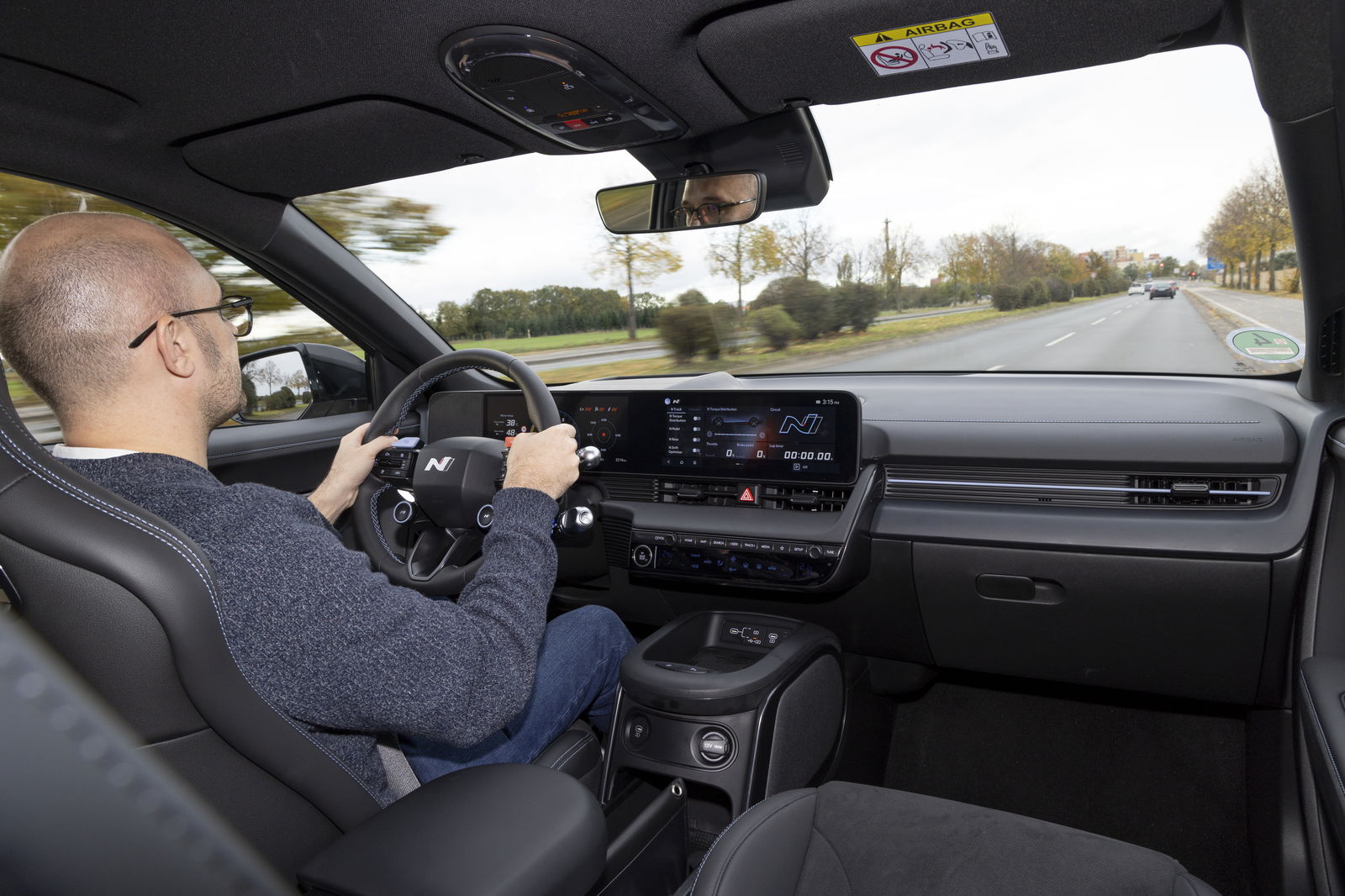
The motors themselves spin to 21,000rpm, so tweaking their output to simulate eight speeds with a lower rev limit naturally slows the car’s progress and will make its lap times slower than if you disengage ‘e-shift’ and hoon it like any other fast EV. But you’ll also experience acceleration and – ultimately – involvement far more akin to the ICE performance cars most of us have been brought up on.
And the good news is we’ll see it elsewhere, with N division described as the ‘engineering powerhouse’ of the whole group, which includes Genesis and Kia. “Sharing technology is part of the objective of the exercise,” says Johnson. “If these ideas are successful, why would you limit it by keeping them to yourself?”
There’ll be different tunes, of course, much like the Drift Optimiser here is much more advanced than the systems found in the GV60 and EV6 GT. The Ioniq 5 N comes with three different Active Sound profiles to match its e-shift tech; Ignition simulates an internal combustion engine hot hatch, Evolution cribs from Hyundai’s Vision Gran Turismo fuel cell concept for a more electronic whoosh, while Supersonic enters a sillier realm by mimicking a fighter jet – complete with boisterous sonic booms on high-rev upchanges.
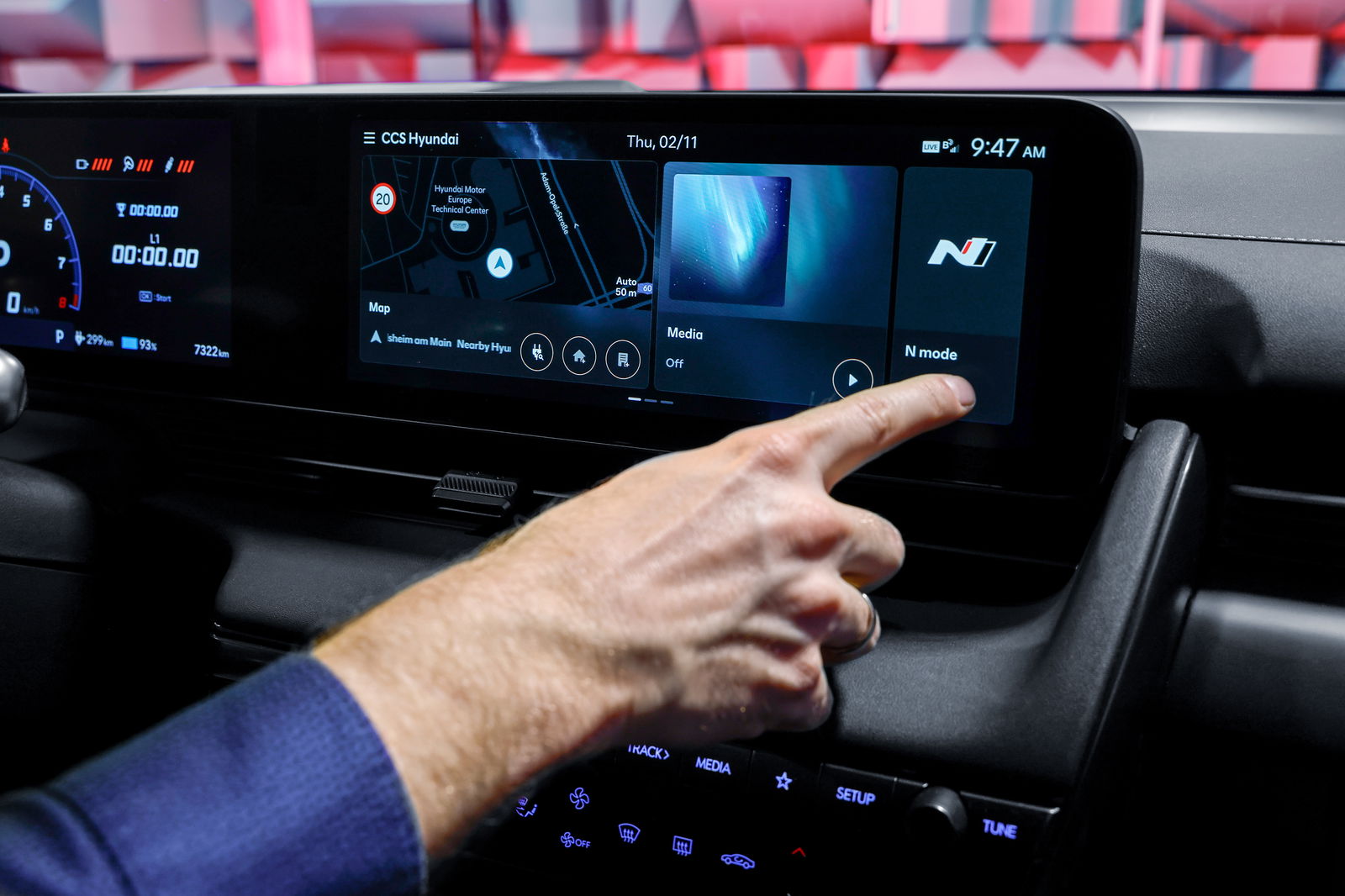
While N is going big on electric, though, it refuses to firmly slam the door on everything else. “The future is not settled yet,” Johnson affirms. “For N cars we’re looking at e-fuels and fuel cells to see what the viability is. The future is clear for EVs but that doesn’t mean we’re not looking left and right at the same time. We’re not completely discounting ICE. We have to be open and see where it’s going.”
Yet even if petrol power doesn’t end up living much longer at N division, its spirit is hanging around with pleasantly surprising conviction thanks to the Ioniq 5 N’s bank of technology. We can’t wait to bring you a fuller review.

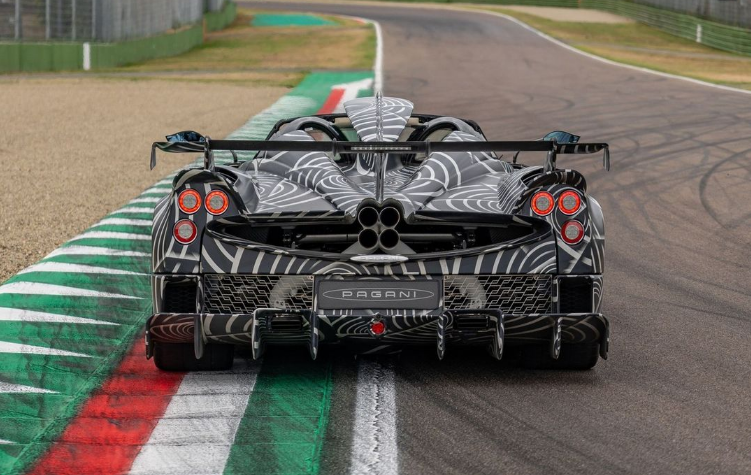

Comments